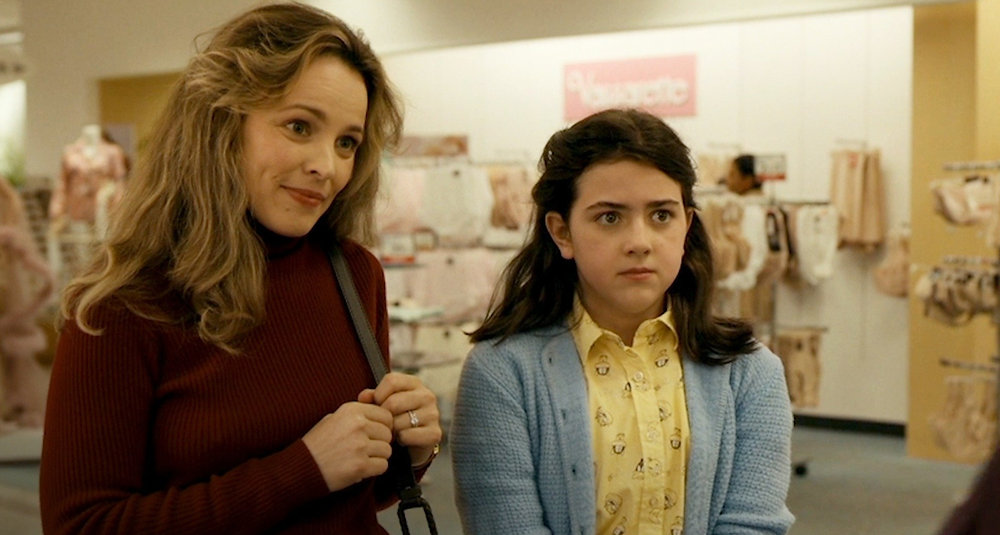22 of the best film scenes to test picture quality
Looking for film scenes to demo a new projector or TV? We have a selection...
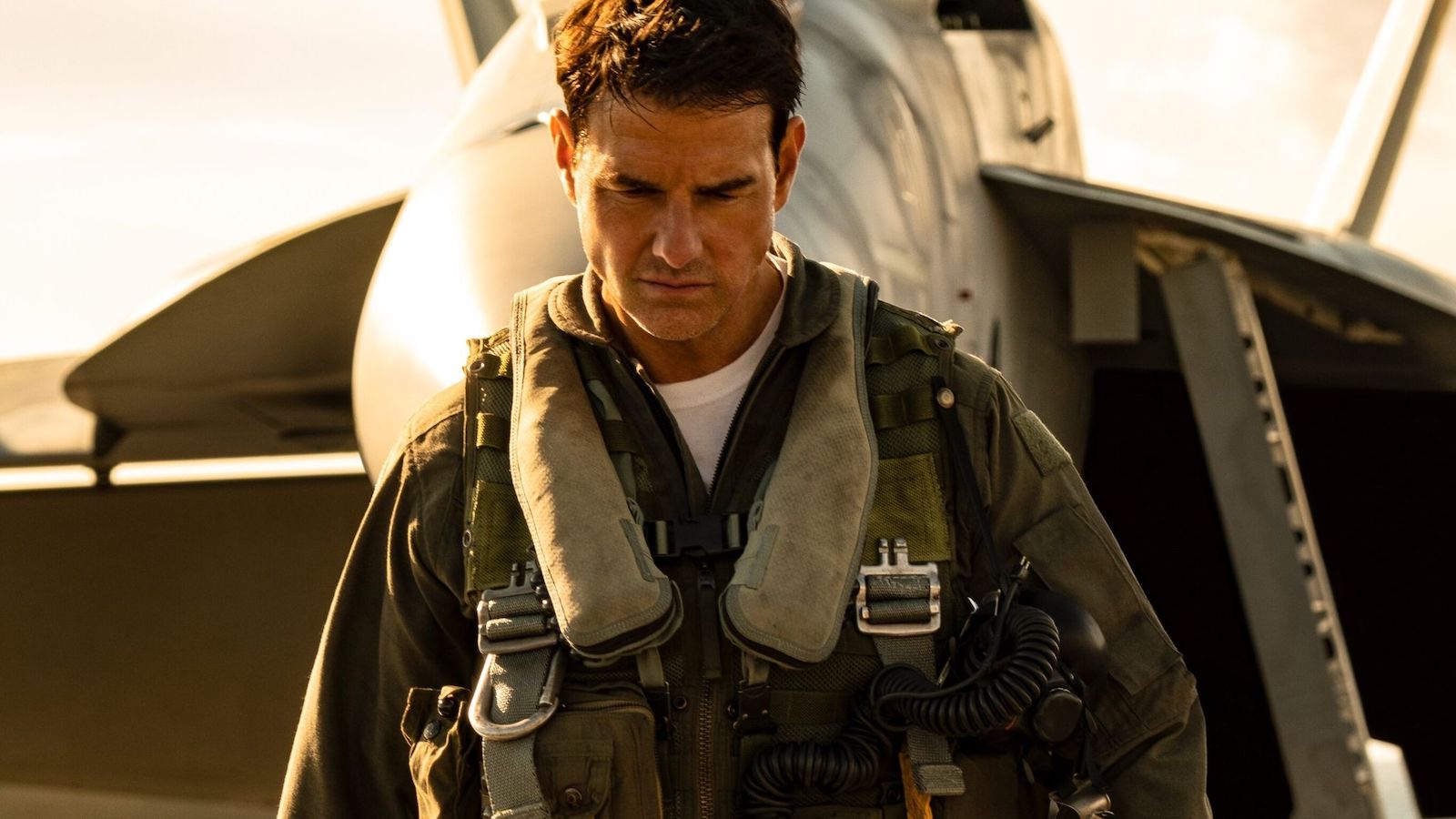
You've followed our 'How to set up your TV and get the best picture' guide and you're ready to put your incredible new TV through its paces. All you need now is the content to prove it was money well spent (and a room full of people to show it all off to) – the best film scenes to test picture quality is why you're here.
Every TV and projector that passes through our home cinema rooms is tested using some of the latest and greatest 4K Blu-rays, so we've put together a list of some of our favourite film scenes that we use for revealing just how worthy the display we're watching really is.
Some are helpful for examining colour and contrast, others are better tests of detail and motion handling, but all will let you see for yourself just how good your TV or projector is at its job.
Disclaimer: please do try this at home.
- Best TV 2021: budget to premium 4K Ultra HD TVs
- Best projectors 2021: Full HD, 4K, portable, short throw
Top Gun: Maverick (2022, chapter 3)
You might be expecting us to pick one of the many action scenes of this high-octane Tom Cruise vehicle, and it's certainly fair to say that those have got lots of value when it comes to testing your TV, but it is in fact the much more subdued chapter 3 that we find most useful.
This chapter includes two big conversations, neither of which goes well for Maverick and both of which provide stern tests of your TV's contrast and subtlety in terms of shading. That's because both conversations take place in rooms with a challenging mix of shade and bright, warm sunlight. You want your TV to handle both without exaggerating either, and you should see skin tones that are natural and realistic, not flat, particularly in the light.
There should also be plenty of detail in both the light and dark areas – pay close attention to John Hamm's face, half of which is in the shade and half of which is bathed in sunlight.
Get the What Hi-Fi? Newsletter
The latest hi-fi, home cinema and tech news, reviews, buying advice and deals, direct to your inbox.
It (2017, chapter 4)
The 2017 remake of It has been a constant presence in our TV and AV tests ever since it came out. While it's an excellent film and useful tester throughout, it's chapter 4 that we find ourselves returning to time and again when reviewing TVs and projectors.
This is the first time that the boys venture into the sewers below Derry, and it provides a stern test of your TV's ability to reproduce deep blacks while also digging up enough shadow detail.
Also pay attention to how the colours look in both the dark and light shots. Skin tones, in particular, should look consistent throughout – neither too pale nor too saturated. And you want the red balloon to be menacingly bright and vibrant.
1917 (2019, chapter 6 into chapter 7)
1917 is an excellent test disc throughout, particularly in terms of colours and detail, but it's the incredibly challenging motion at the end of chapter 6 followed by the extreme contrast of chapter 7 that we're focused on here.
Chapter 6 ends with a steady panning shot across a canal towards the devastated town of Écoust-Saint-Mein. You want this pan to look smooth and sharp – pay particular attention to the trees in the background, which tend to judder and fragment if not handled correctly. Be warned that adding too much processing here could introduce the soap opera effect to standard motion. The key is to find a balance between smoothing out pans such as this while ensuring motion isn't generally over-processed.
Chapter 7 takes place in the town itself and involves a chase that takes place in almost pitch darkness that's occasionally startlingly brightly lit by flares. You want your TV to produce deep blacks without crushing detail, and to almost dazzle you in those bright moments.
John Wick: Chapter 2 (2017, chapter 4)
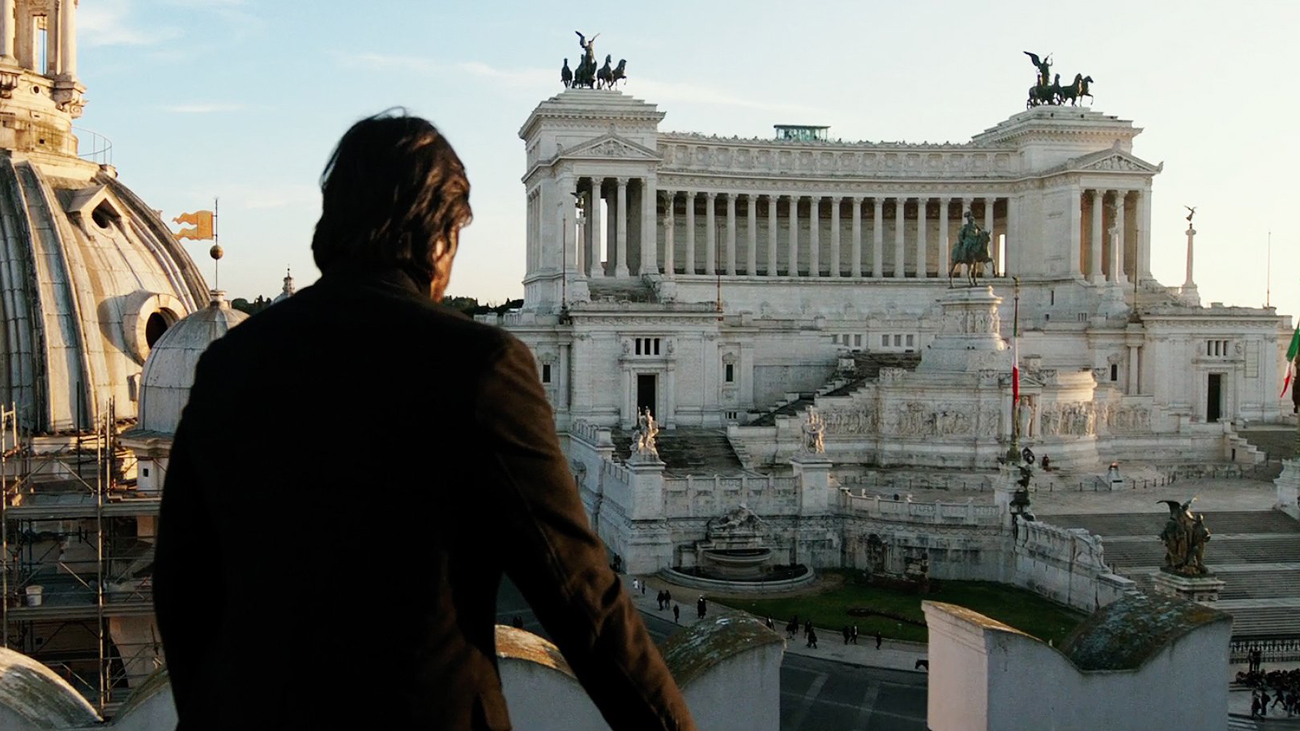
For most of the film, John Wick: Chapter 2 is more of a study of dark detail and black depth than anything else but it's a rare moment of grandeur that makes for an excellent way to test out picture quality.
Chapter 4 on the disc involves the eponymous hero's arrival in Rome and we get some splendid wide shots of the Eternal City at sunset taking in sites including rooftop view of the Vittoriano, a fly-over of the Colosseum and St. Peter's Basilica lit up at dusk. They're a brilliant incite into sharpness and contrast control.
This particular collection of pictures demands pin sharp control of car headlights, fountain illuminations and windows while also giving that real sense of scale to the city. You should be able to feel the distance between the camera lens and the mountains while stilling getting an exciting edge to the detail. It's not an easy feat to perform and you'll get an excellent sense of just how good your TV.
Alien Covenant (2017, chapter 1)
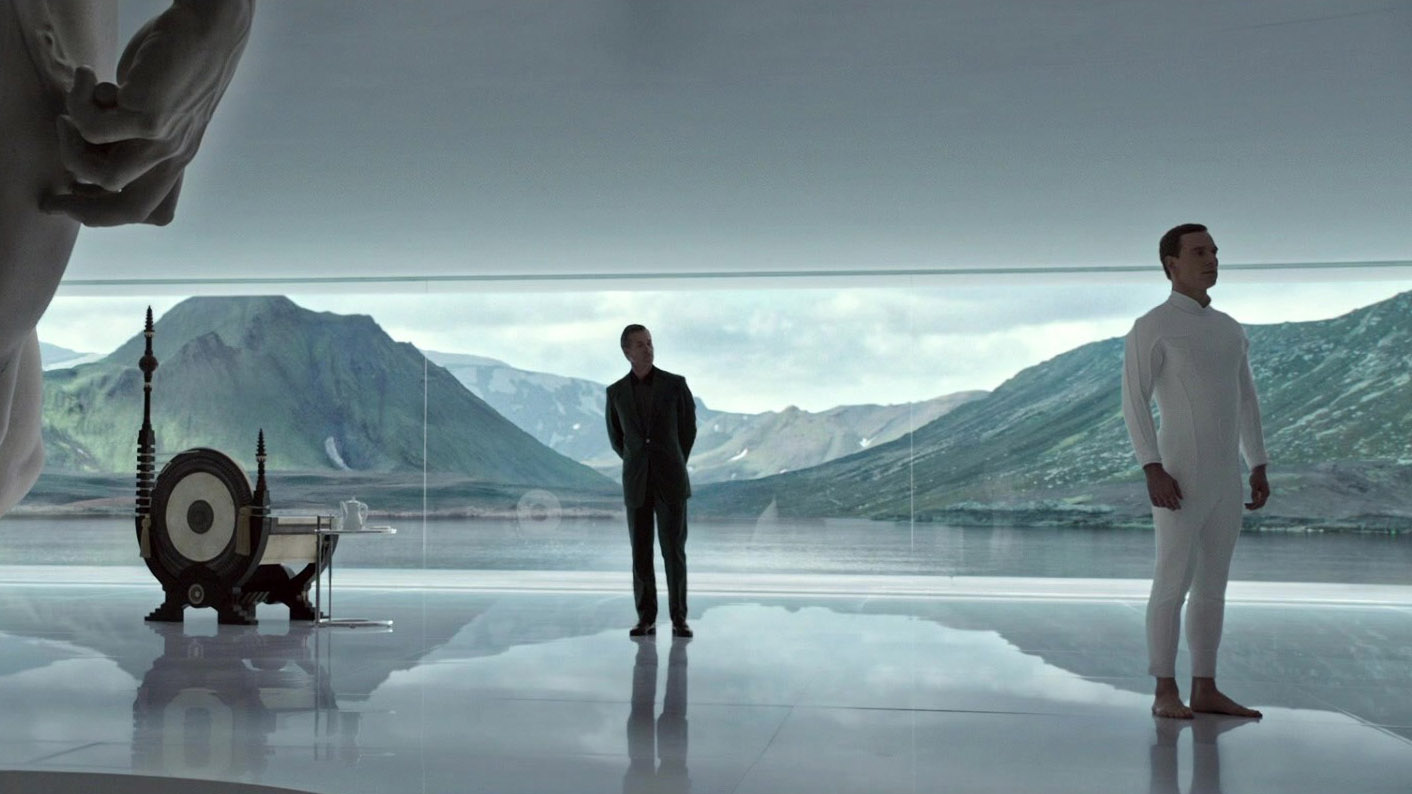
A white room with a black piano, one man dressed all in white, one dressed all in black - this is not a scene that's going to test your TVs ability to produce colours, or motion for that matter. The opener of this Alien film is all about contrast and detail.
A poor TV will render this as a fairly simple display of monochrome but a good quality HDR set should have the lighting levels just right and so much to see in the light and dark areas that it becomes a rich palette unto itself.
Look out for textures - the actors' clothing, the marble of the statue, the polished concrete floor, the lacquer of the piano and the bone china tea set. Nothing should be lost. Then for straight 4K detail there's skin details of the close-ups and the glory of the lakeside window view. It's a lovely, wide, piece of cinema.
Guardians of the Galaxy Vol. 2 (2017, chapter 1)
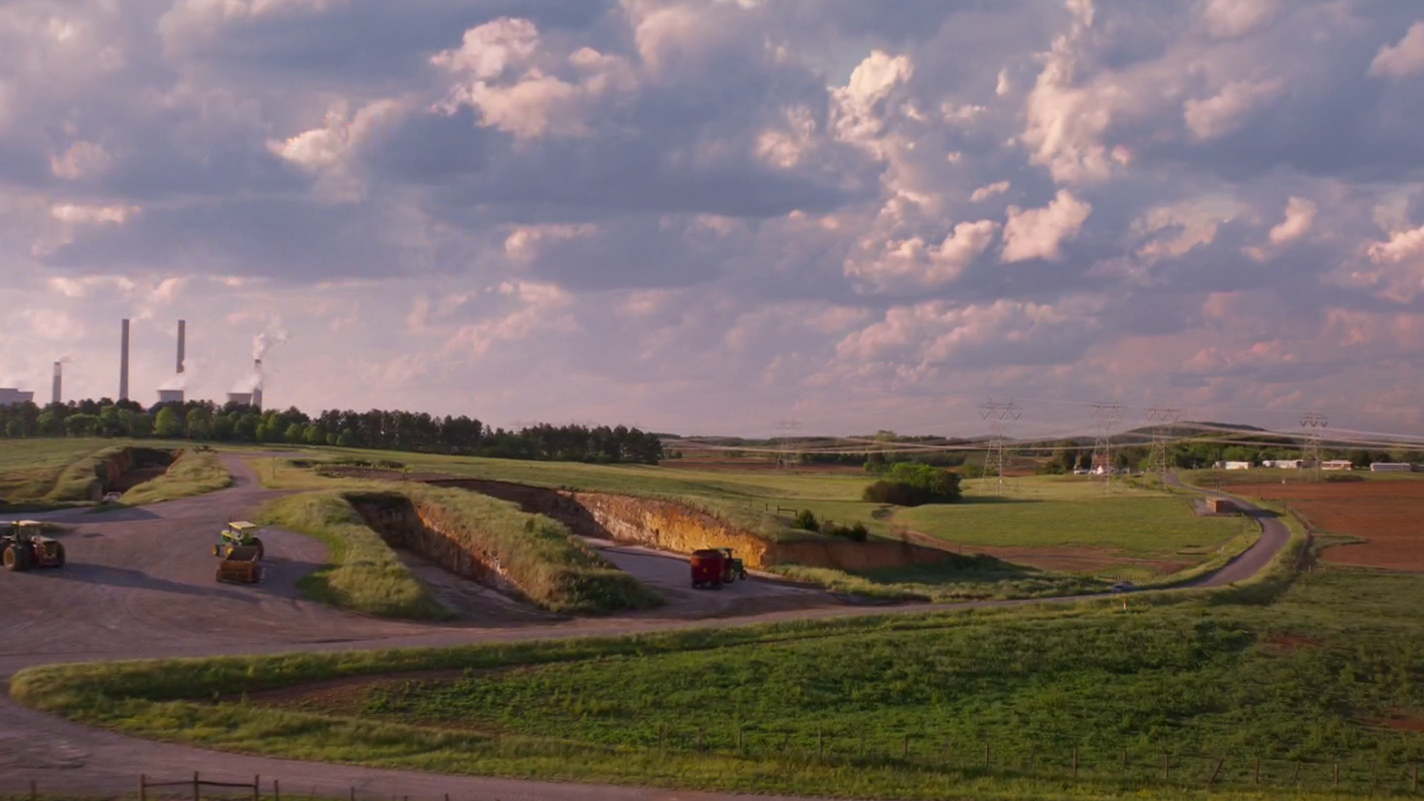
Skies are great for testing out picture quality and this MCU classic opens with a big ole Missouri one. It's the only Earth-bound sequence in the film as we follow an afternoon with lovers Meredith Quill and Ego. Look for your TV's ability to handle contrast in the renders of the clouds. You're after a subtle shading rather than dramatic patches of dark and light.
Then, looking to the ground, do the brown earth and the green grass and the yellow crops all look a convincing and natural colour balance? Can you see the dark details in Ego's clothing once we're zoomed in on the couple, and can the motion processing in your set handle the movement of their blue car without giving it too much judder or the home video look? Within three minutes, this film will tell you everything about your TV that there is to know.
Spider-man: Homecoming (2017, chapter 10)
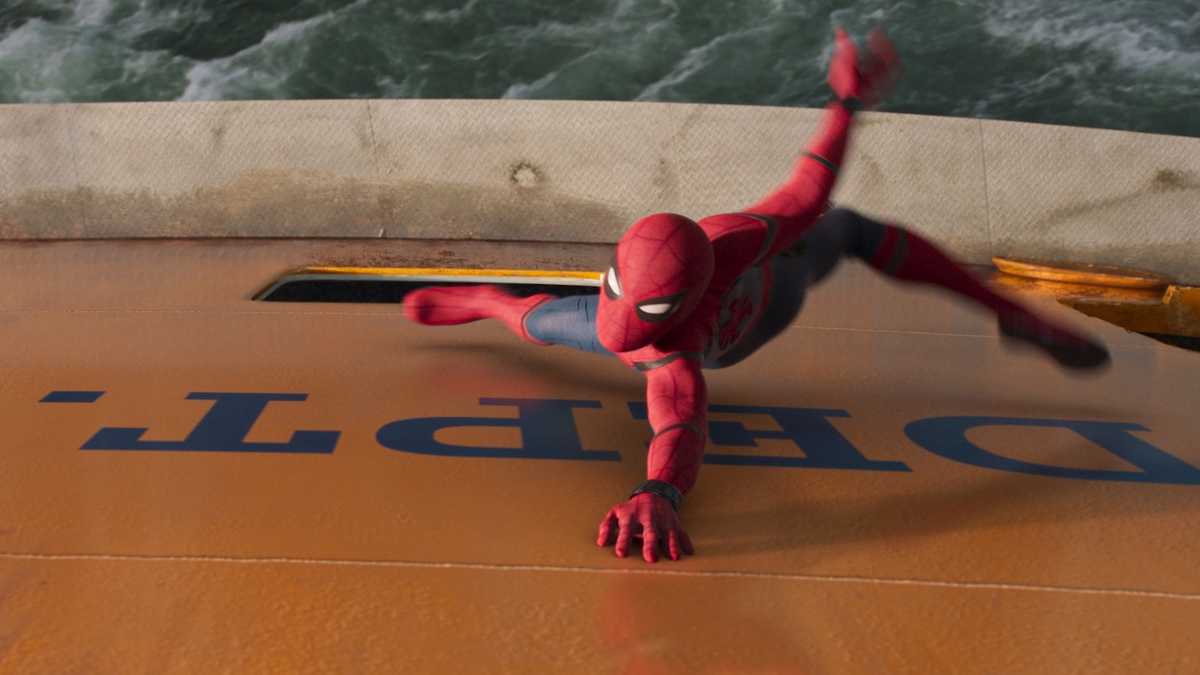
The Staten Island Ferry scene is one of the most enjoyable sequences in the MCU. Action-packed and entertaining with plenty of sharp dialogue and superhero crossover, it's also an excellent sight to behold in 4K.
Right off the bat, it's a brilliant test of colour and texture with the future fabric look and feel of Spidey's suit an excellent counterpoint to the yellow riveted hull of the ferry and the bright blue New York City sky.
When we move into the action, it's all about motion processing and whether your TV can hang on to all that fantastic 4K detail as Spider-man, the Vulture and, ultimately, Iron Man, take to the air.
Blade Runner 2049 (2017, chapter 11)
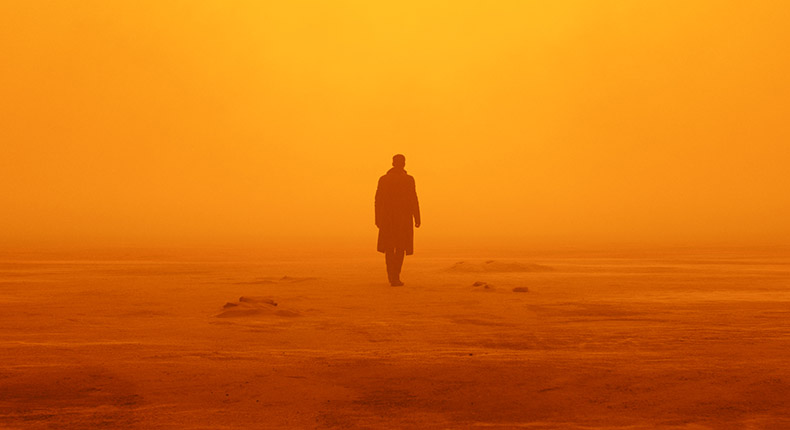
Denis Villeneuve’s belated sequel to Ridley Scott’s masterpiece is very much its own beast and while the original benefitted from Jordan Cronenworth’s neon-dipped visuals, 2049 brings its ‘A’ game with Roger Deakin’s Oscar-winning cinematography.
Use of HDR appears to be minimally applied; it’s the use of Wide Colour Gamut (WCG) that takes centre stage here. 2049 has a rich, textured look and striking use of lighting techniques throughout and none is that more apparent than in the impressive Las Vegas scene.
Covered with the fallout of a dirty bomb, the rusty orange haze of the Las Vegas setting should provide a good test of your TV’s control over tint and hue. Get it wrong and you won't be able to appreciate the many layers within the image.
Detail and clarity will also get a workout as, despite the prevalence of orange, you should be able to make out the details on K’s (Ryan Gosling) face as well as the erosion of the battered surfaces and cracked statues that surround him.
Casino Royale (2006, chapter 2)
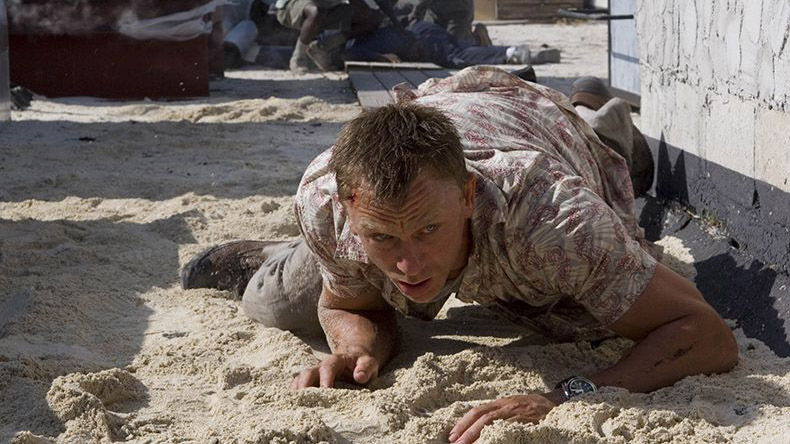
The motorbike chase in the opening to Skyfall is a strong contender but it’s the elaborate parkour pursuit from Casino Royale we find most telling.
It’s eight enthralling minutes of fast, blink-and-you-miss-it action as Bond and the bad guy jump from crane to crane, demanding a smooth handling of motion from your display.
This is where motion processing – a system's ability to analyse the image and insert repeated frames or blank ones into the video sequence to prevent a jerky end result – can be helpful. Just be aware that high levels in less efficient TVs can cause blurry halos around the moving image.
Deadpool (2016, chapter 4)
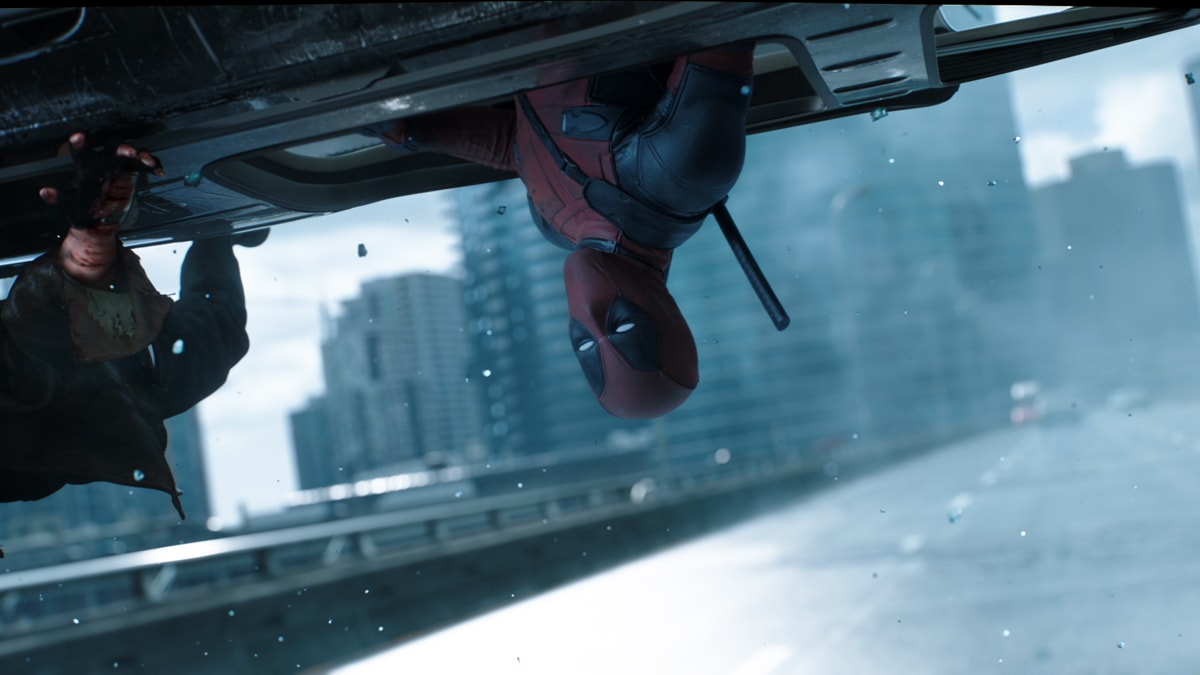
One of Marvel's most beloved superheroes, Deadpool is all spectacle and sarcasm – the former of which makes this 4K Blu-ray such a strong test disc.
The 12-bullet countdown scene on the freeway not only entertainingly introduces the anti-hero's character but also lays your display's transparency bare. That's largely down to the vibrancy and textures of his red spandex suit – impressive enough to awaken the fashion designer in you – and slow-mo sequences, in which the sparkle of shattered glass on the floor and the gleam of bullets should be obvious to the eye.
Dunkirk (2017)
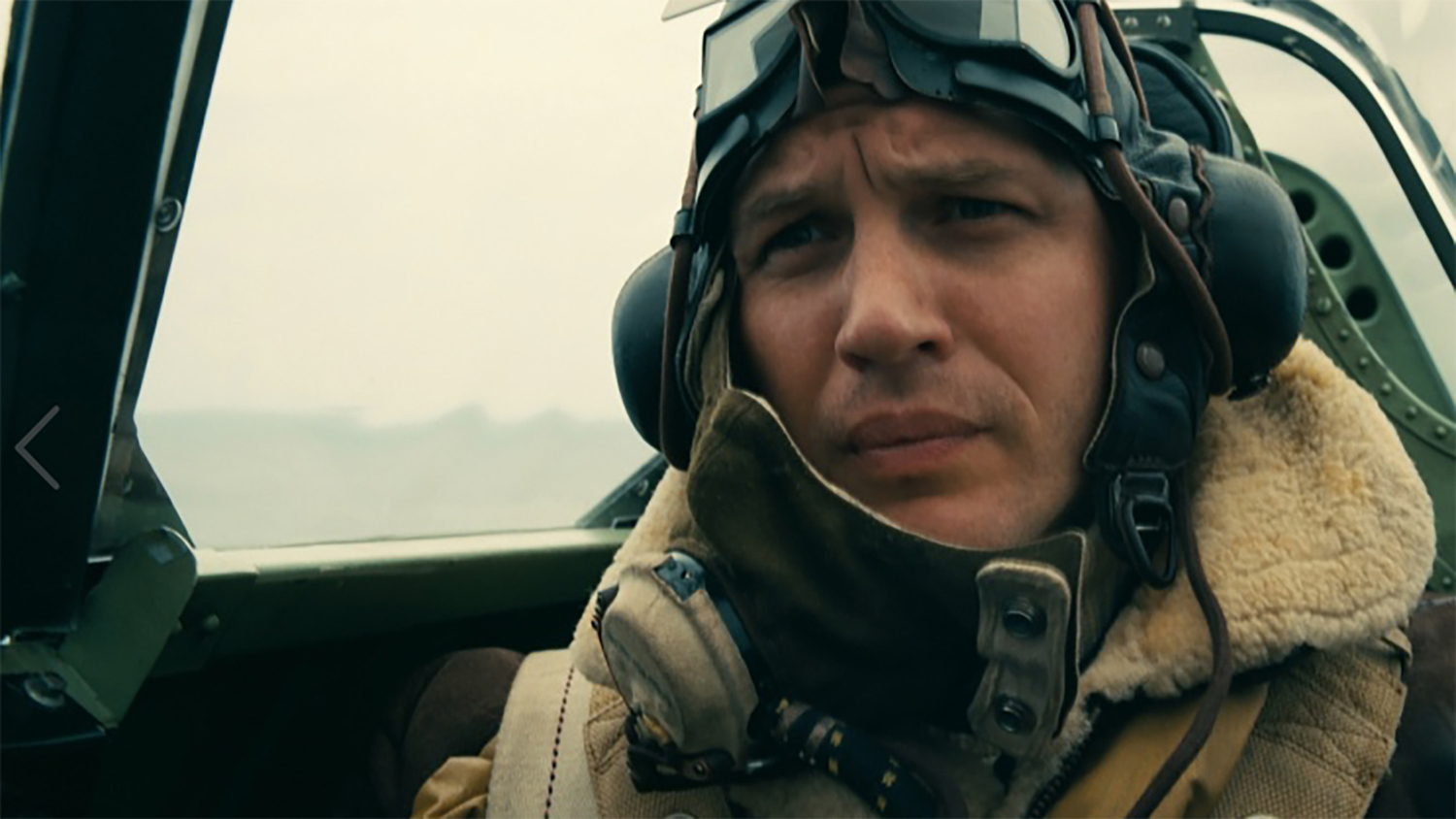
Such are the limited locations and the way that this film is cut together, that almost any chapter of this wartime epic is an excellent test picture power. Texture, colour, contrast, motion control, light and dark detail - this film pushes it all and, shot in IMAX, much of it fills your whole screen too with no letterbox black bars at the top or bottom.
The best sequences to look out for are those in the Spitfires. Of course, it’s the shading of the clouds and the sea that are the most obvious things to look out for but the texturing of the pilot’s outfits is a superb opportunity for your TV to shine. The costume department on Dunkirk did an amazing job with the wardrobe throughout the cast, and a good TV will give a wonderfully realistic, thick and coarse feel to the army fatigues and a genuine sense of handmade stitching to the leather.
Look out for the dark details on Kenneth Branagh’s Navy overcoat, the wonderful colours as the stalled pilot comes in to land on the great wide sands and the four flagpoles on the beach at the end of chapter 1 which judder like mad unless your motion processing is right on the money.
The Fall (2006, chapter 6)
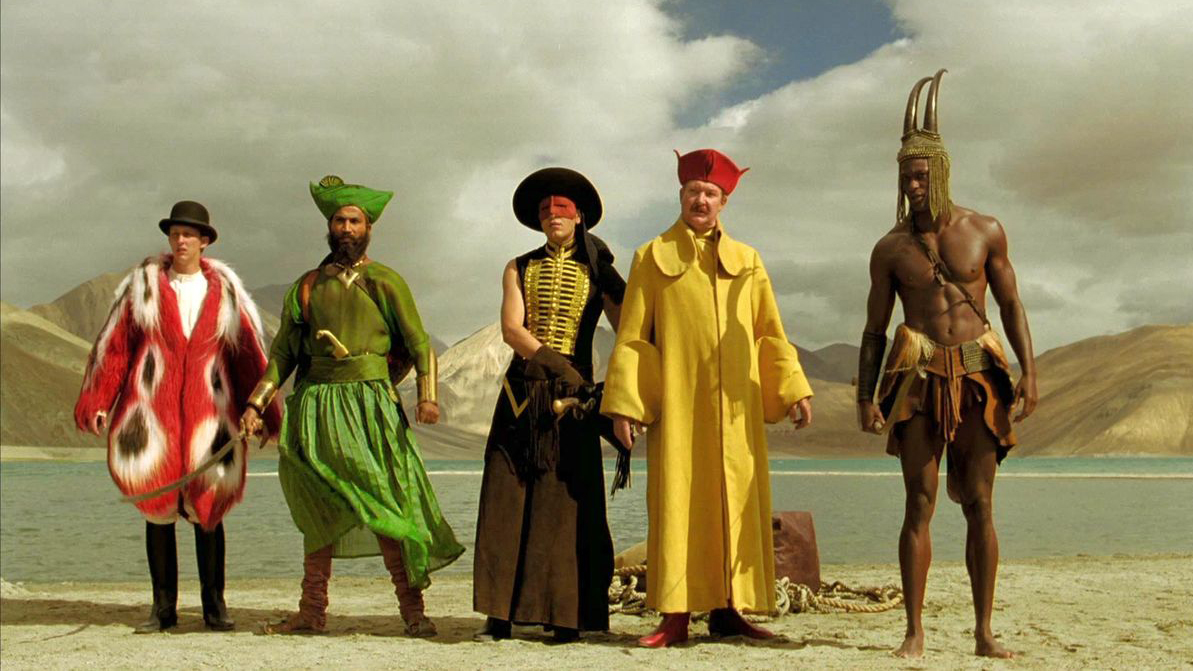
A film about a hospitalised stuntman in 1920s California who befriends an imaginative young girl and tells her an epic tale about five mythical heroes, The Fall delivers some serious eye-candy - it's one of the most stunning Blu-ray transfers in our collection.
With the dazzling hues of the utopian landscapes as well as flamboyant costumes, the tribal chant scene is a banquet of eye-popping colour that will test your kit’s ability with a rich palette. Lush green gardens should pop amidst desert valleys, and the vast vistas also lay bare your TV or projector’s perception of depth.
Gravity (2013, chapter 2)
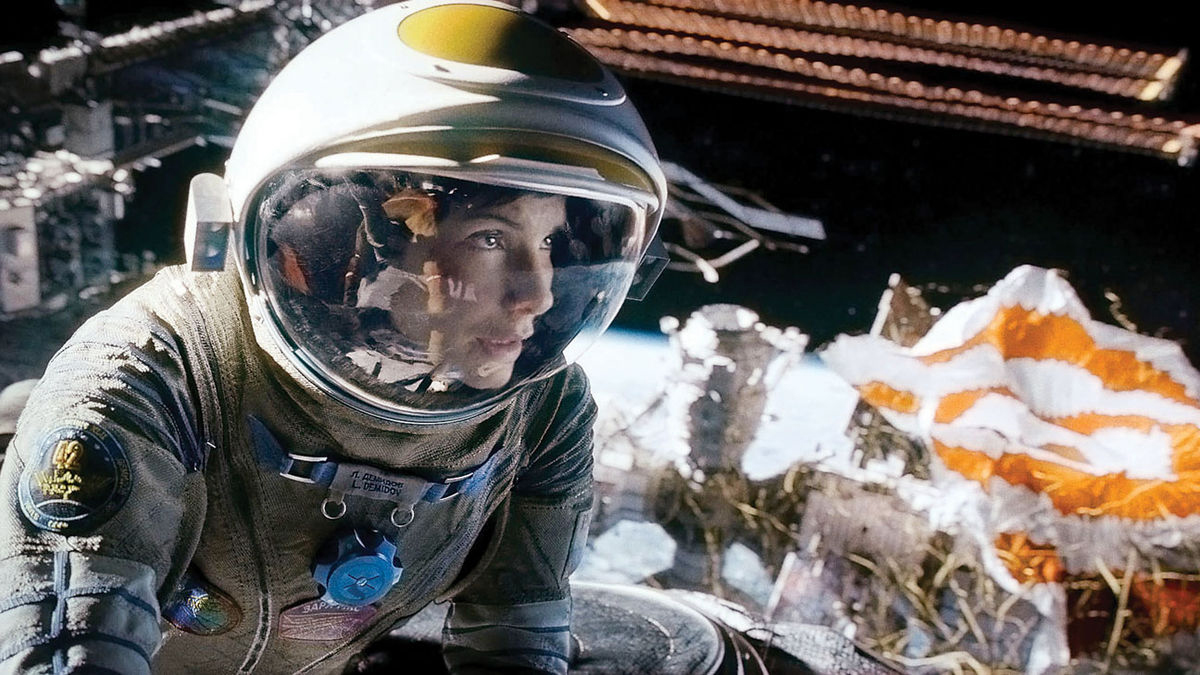
Alfonso Cuaron’s thrilling sci-fi flick may have lost out to 12 Years a Slave as Best Picture in the 2014 Academy Awards, but it’s not surprising Gravity won Best Visual Effects.
The scene with the space-walk is especially telling of contrast and dark detail, with the whites of the spacesuits and spaceship just pixels apart from the blackness of space. Do whites bleed into black or are they clear-cut? Earth's edges should look bright and well-defined, and when Doctor Ryan Stone (Sandra Bullock) detaches, you should see a smattering of stars shining at different intensities.
If you’re a fan of 3D then there's even more to enjoy. It’s a convincing and immersive watch, and your TV will need stability and clarity for space debris to be distinct as it flies past your face – and as Bullock swings around the screen.
Blade Runner: The Final Cut (2017, chapter 17)
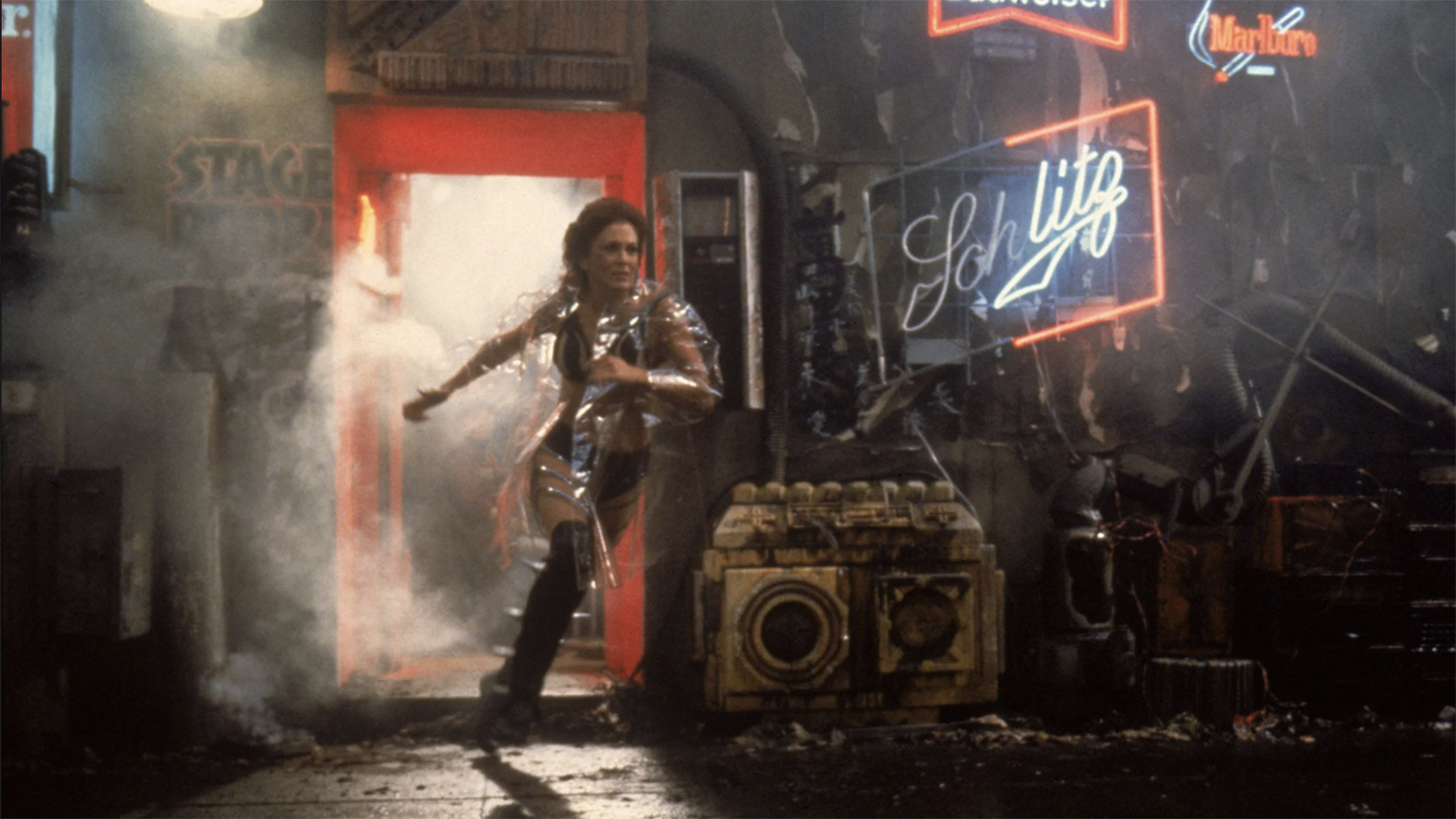
Unlike most people approaching middle age, Blade Runner can confidently say it's 35 years old and has never looked better. That's something it can thank the powers that be for, as studios haven't been shy in giving older films the 4K HDR treatment for their Ultra HD Blu-ray reissues.
Aspects of the film's picture that appeared fuzzy on the standard Blu-ray are rendered with startling clarity on this transfer (which was mastered from the 4K digital intermediate re-worked under the supervision of Ridley Scott.)
HDR has been added to the equation too – and to good effect. When Deckard chases Zhora through the strip-mall, the extra colour intensity and nuance, as well as the bolstered contrast between the naturally dark, dingy setting and the neon lights that blaze against it, give the scene a sense of revitalisation.
Logan (2017, chapter 11)
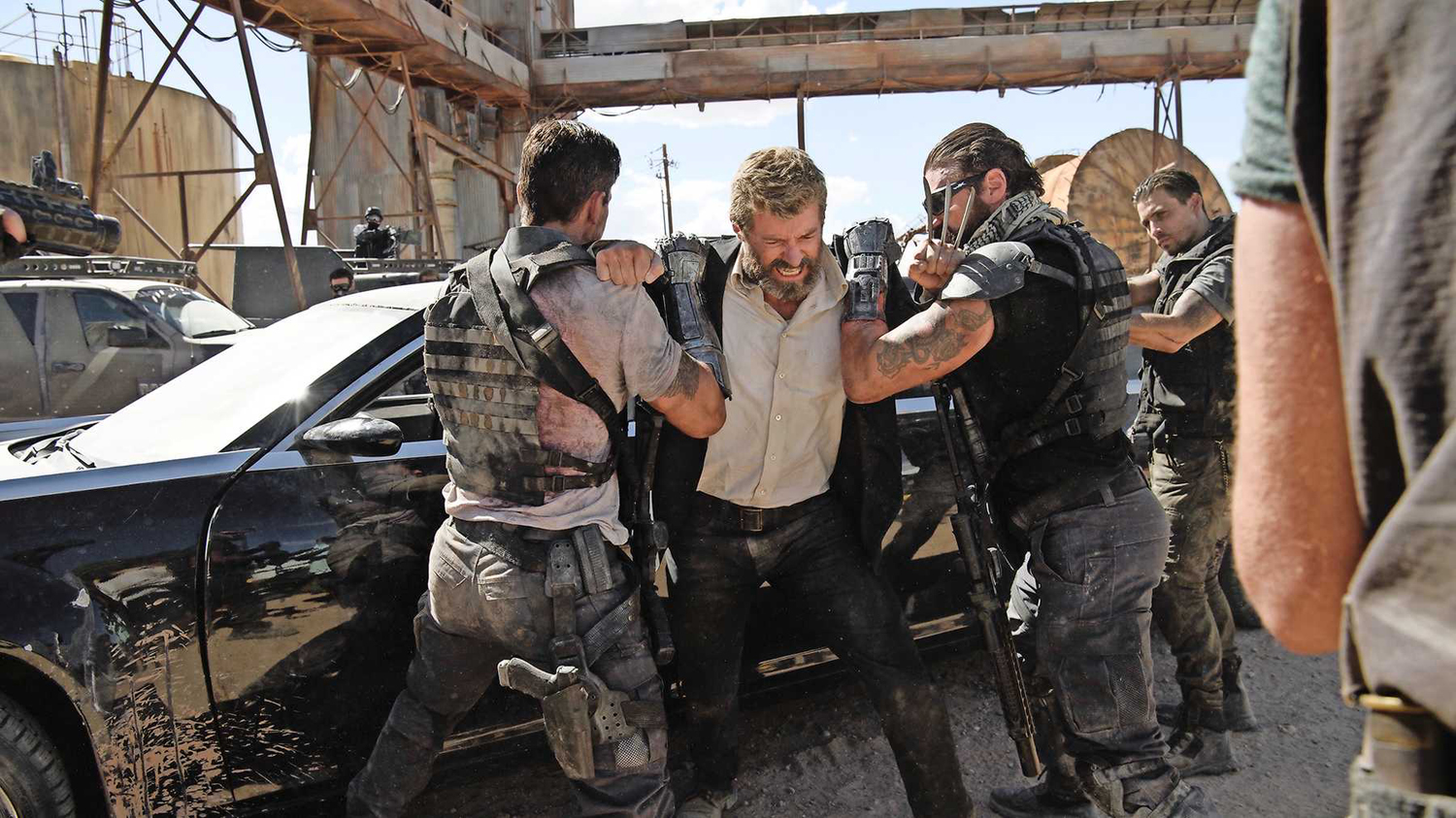
It's an unflinchingly brutal, violent and bleak film. But it’s surprisingly colourful. Going against the grain of dark, cool-toned superhero films, Logan - at most times - is bathed in sunlight and warm tones.
The first major fight scene in chapter 11 is a perfect example of this: dust and blood against a backdrop of perfect blue sky and fluffy white clouds. From the textures of dirt and desert sand clinging to Logan’s black suit and his grizzly, scarred face to the various shades of brown in their surroundings, it’s a test of your screen’s ability to deliver crisp and nuanced detail.
The bright, sunlit scenes will show off how well your TV handles contrast, especially when the action cuts to gloomier shots inside the car. There’s depth to the dusty blacks and the blood splattered across Laura’s jumper. And when Logan and Laura start stabbing their enemies, you’ll hope your screen has a firm grip on motion handling.
Murder on the Orient Express (2017)
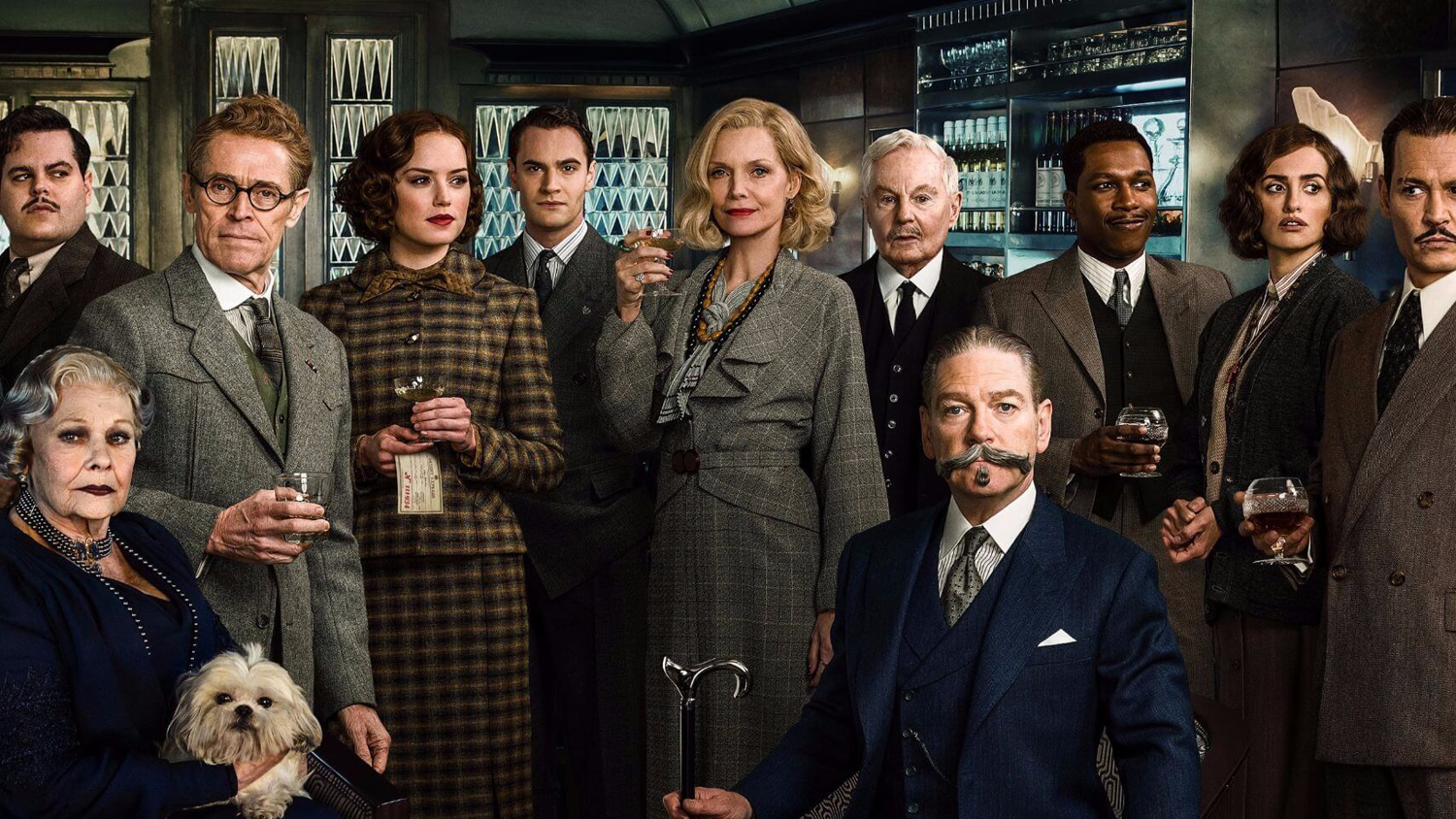
This latest version of Agatha Christie’s Murder on the Orient Express from Kenneth Branagh is an OK-ish adaptation of the famous story. But it does differ from prior adaptations in one way – its use of 70mm cinematography.
Branagh decided to go widescreen (taking a few cues from a film he worked on: Christopher Nolan’s Dunkirk) and gives the story a lavish treatment and this native 4K HDR rendition really is a sight for sore eyes.
Taking place mainly on the Orient Express of the title, the scene where we’re first introduced to all the characters is a prime one for black performance, detail and colour.
The punchiness of the colours, use of impressionistic lighting and the added detail 70mm can scrub up will give a good test for how adept your TV is.
Raid (2011, chapter 15)
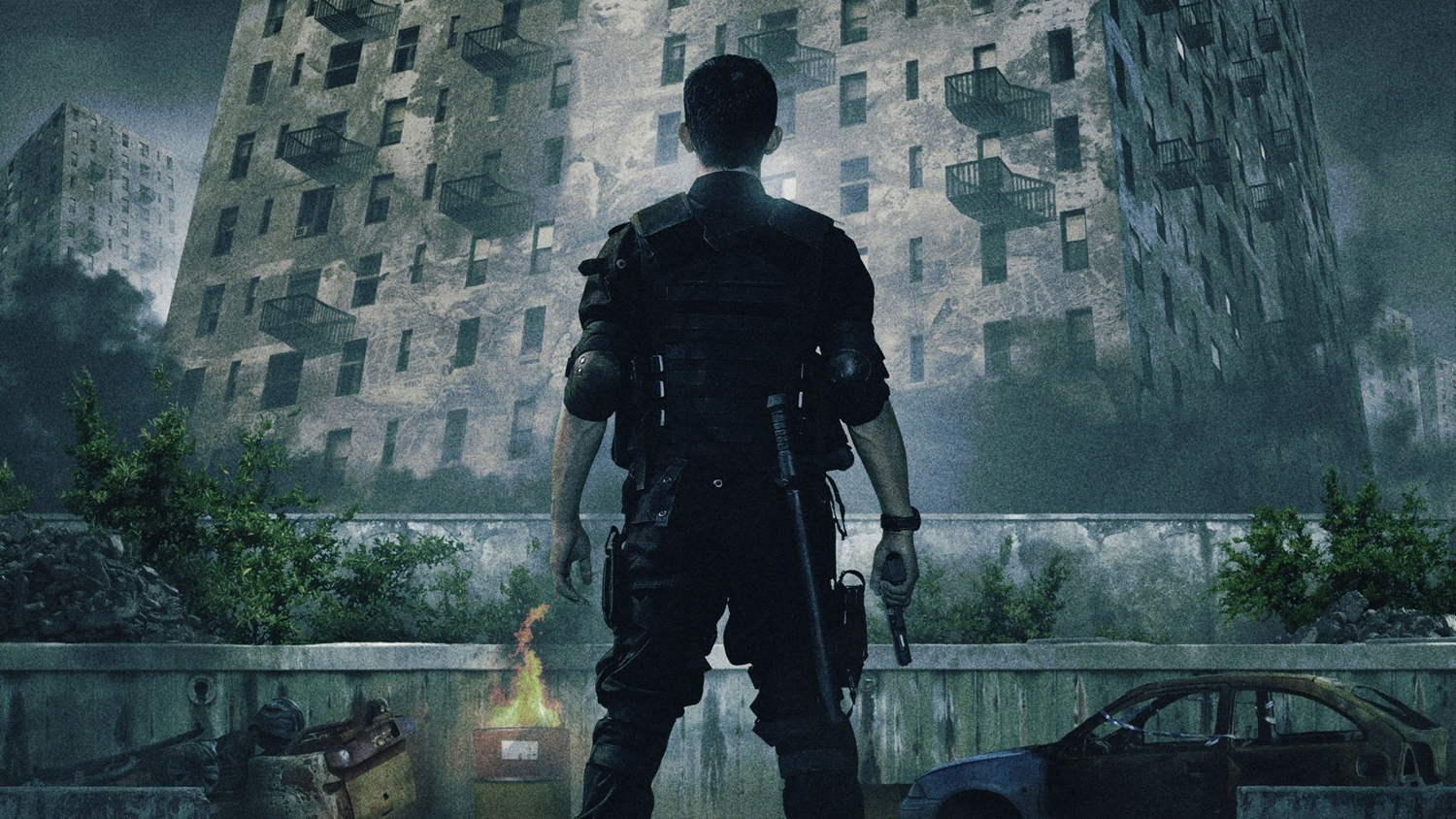
Forget Karate Kid. This Indonesian action movie, in which a police squad raid a tower block to capture a notorious crime lord is 100 minutes of high-adrenalin Pencack Silat action (that's Indonesian martial arts to you and me).
The three-man final fight is a humdinger. Not only are its hit-a-second sequences a great test for motion but, as it also takes place in a dimly lit run-down apartment, this scene really separates the TVs that are able to extract dark detail from those that hide it in the shadows.
Playing with contrast and brightness settings will pay off here because, trust us, you’ll want to see that fatal throat slice in all its gory. Well, we do.
Interstellar (2014, chapter 13)

Mann's planet is an excellent place to test out HDR. Its frozen landscape is a brilliant mix of very light and very dark within the same frames, and your TV will need a broad contrast range to be able to handle it all properly and render each shot with the light and dark details that they deserve.
Look for definition and form to the ice clouds compared to the frost on the ground and their texture in comparison to the charcoal coloured rocky surface. The result should be a bold, punchy image that still doesn't scrimp on shading and subtlety, and allows each small accent colour on the uniforms and equipment to really pop.
As a bonus, watch out for some beautiful 4K detail on the water droplets on Dr Mann's helmet. Cosmic.
Harry Potter and the Deathly Hallows - Part 2 (2011, chapter 12)
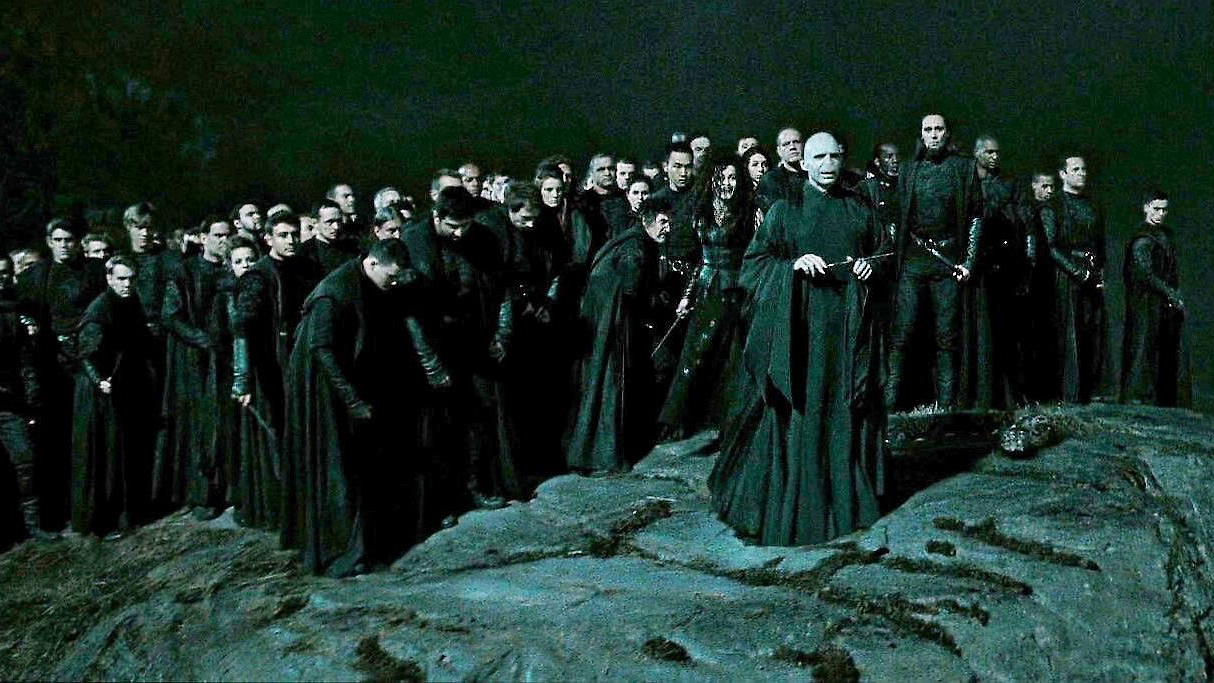
The Dark Lord in almost total darkness - this chapter begins with Voldemort and his Death Eaters, all black robed, on a dark hillside, in the middle of the night. And it doesn't get much brighter as the scenes go on. If you can see much more than their pale faces against the blanket of black, then you're doing well.
The temptation is to boost the brightness levels, during the siege on Hogwarts, until you can see what's going on but, on a poor TV, that will most likely destroy the black depth, and any bright details will become blown out once you finally reach a lighter moment.
Instead, a quality picture should give you just enough on-screen detail while maintaining the intensity of the darkness, and when the first volley of spell-fire explodes on the Hogwarts shield, it should look, well, magical.
Stoker (2013, chapter 3)
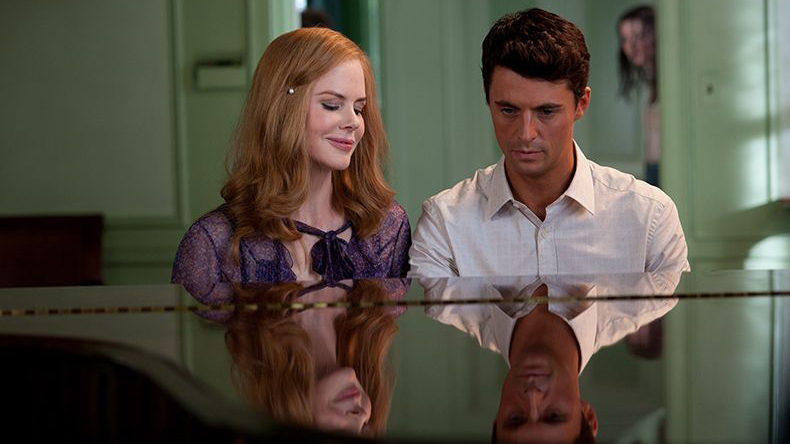
You don’t always have to use the latest, flashiest, CGI-filled sci-fi films to test your kit’s picture quality. Thanks to its subdued, natural-looking colour palette, Park Chan-wook’s psychological thriller Stoker is a demanding workout for any screen.
The shadows clinging to the vast, empty house give the film its tension, and the TVs and projectors that can dig up the finest detail and deliver subtle, deep blacks will offer the best sense of depth and drama. The pale skin, the glossy wooden polish on the piano, the pastel green wallpaper and the natural lighting that seeps through the house – do they all look real and convincingly solid?
Take note whenever you see someone standing near the staircase: is there a convincing distance between them? Lesser screens will make the staircase look flat, and won’t quite draw you into the strange drama unfolding within this family. The DVD transfer is decent too, making it a good test of your TV or Blu-ray player’s scaling.
Life of Pi (2012, chapter 1)
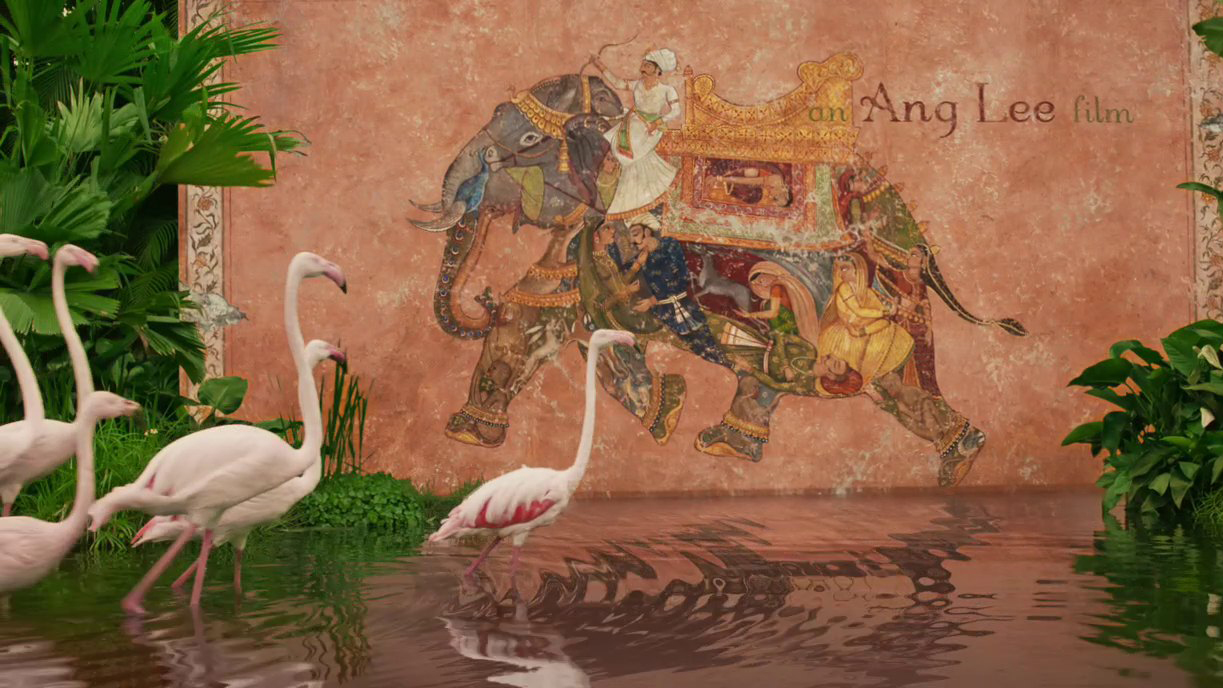
The opening of film this is a riot of colour and wonderful 4K detail. It's the title sequence which shows shot after shot of the glorious wildlife in Pi's family Pondicherry zoo.
It almost seems like a demo video as we see a shocking pink flamboyance of flamingos (genuine collective noun), the fine hair of the wobbly-nosed Proboscis monkey, the glistening water on the noses of the tapirs and even the bright painted palm tree bases and the orange of the southern Indian soil should be a treat to behold.
If this sequence doesn't wow you, then you might need to play with your colour settings. Or a buy a new TV, of course. Need some advice?
The Adventures of Tintin: The Secret of the Unicorn (2011, chapter 2)
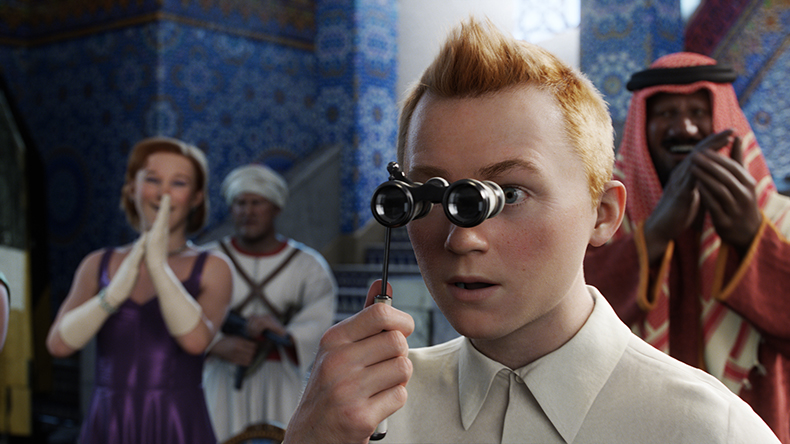
3D may be out of fashion but we think this Spielberg animation is a great example of how immersive, rather than distracting, 3D video can be when it's done right.
An incredible 'one-shot' chase towards the middle of the film is impressive, but we love the charming scene at the beginning where our hero Tintin first comes across a fateful model ship - the Unicorn. It's a masterclass in animation. Tintin’s reflections in the multiple mirrors look startlingly real, while the slow pan around the Unicorn in its glass case will reveal judders if your screen isn't rock-solid with motion. The artificial sheen you get when cranking up a TV’s motion processing settings tends to be less noticeable with animation than with live-action films, so feel free to tweak away to reduce those motion blurs or judders.
The 3D effect is subtle but totally pulls you into the world of the movie, and provided your screen is set-up correctly you'll find yourself wanting to be strolling down the market street in the bright sunshine, haggling with crotchety old men about the price of a ship.
MORE:
Tom Parsons has been writing about TV, AV and hi-fi products (not to mention plenty of other 'gadgets' and even cars) for over 15 years. He began his career as What Hi-Fi?'s Staff Writer and is now the TV and AV Editor. In between, he worked as Reviews Editor and then Deputy Editor at Stuff, and over the years has had his work featured in publications such as T3, The Telegraph and Louder. He's also appeared on BBC News, BBC World Service, BBC Radio 4 and Sky Swipe. In his spare time Tom is a runner and gamer.

